Search for articles, topics or more
browse by topics

Search for articles, topics or more

How we understand the world of design can depend on the means by which we engage with the subject. Online formats can offer a brief snapshot or introduction to a product or designer, leaving live events such as Salone del Mobile as a moment to see and experience the materiality of new collections first-hand. Yet increasingly the documentary film format has become an important tool with which the public can engage with the people, processes and histories of design, creating emotional and lasting connections.
For example, Aldo Rossi’s Teatro del Mondo (Theatre of the World) is one of the most remarkable projects in the history of contemporary design. Commissioned in 1979 for the Venice Biennale, the 25m-high floating theatre offered a vivid evocation of the city, its architectural history and cultural traditions, presented via Rossi’s super-stylised design language. As Paolo Portoghesi, the Biennale’s director, would later recall:
“An ephemeral work like that, that travelled the world in magazines – it was a bit of a miracle.”
Yet despite the extensive print documentation of the event, it is archival film footage that perhaps most accurately captures the essence of Rossi’s project, with the city of Venice itself becoming the backdrop for its theatrical arrival. Grainy handheld sequences show the yellow and blue wooden structure slowly appearing, as if an apparition through the early morning fog, towed into Venice to a mooring (at the Punta della Dogana) where it was to be presented for the following months.
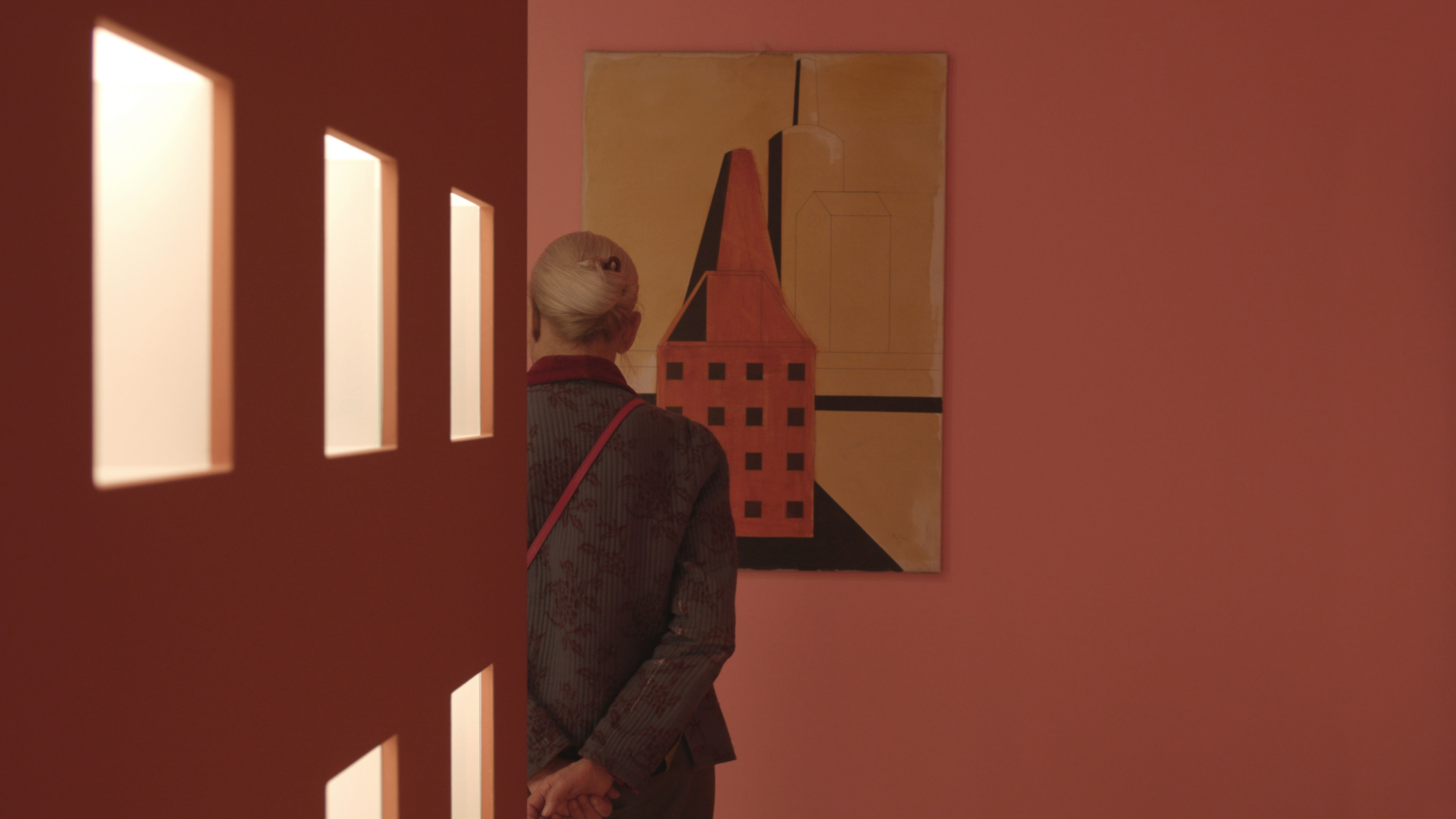
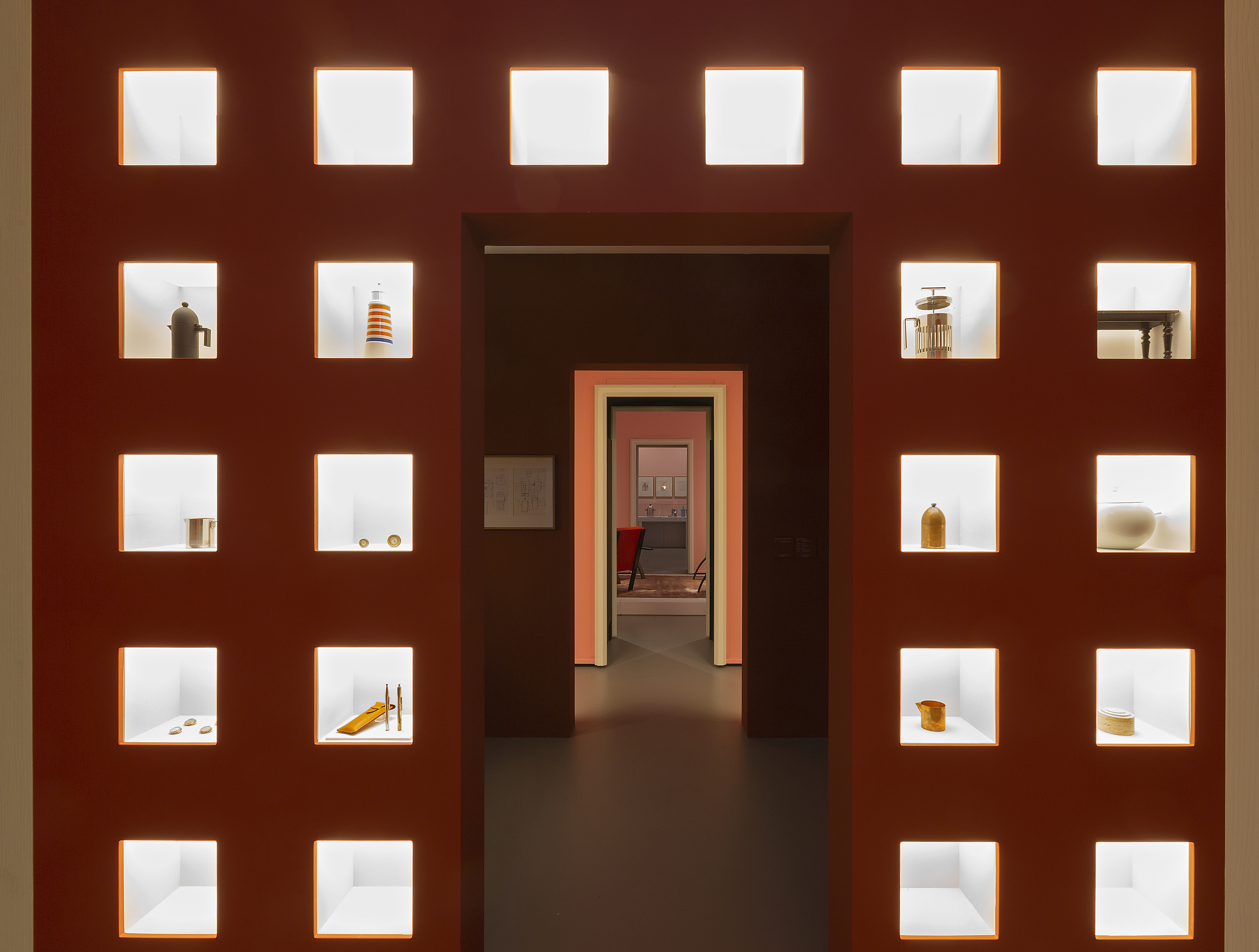 Aldo Rossi. Design 1960-1997 at the Museo Del Novecento
Aldo Rossi. Design 1960-1997 at the Museo Del Novecento
This footage features in the recent documentary Aldo Rossi Design, directed by Francesca Molteni and Mattia Colombo, which explores the architect’s life and the connections his projects facilitated between design, object and architecture. Featuring interviews with important figures from Rossi’s personal and professional lives, the film is interspersed with archival material and contemporary scenes shot while a 2022 retrospective exhibition about the architect was installed at the Museo del Novecento in Milan.
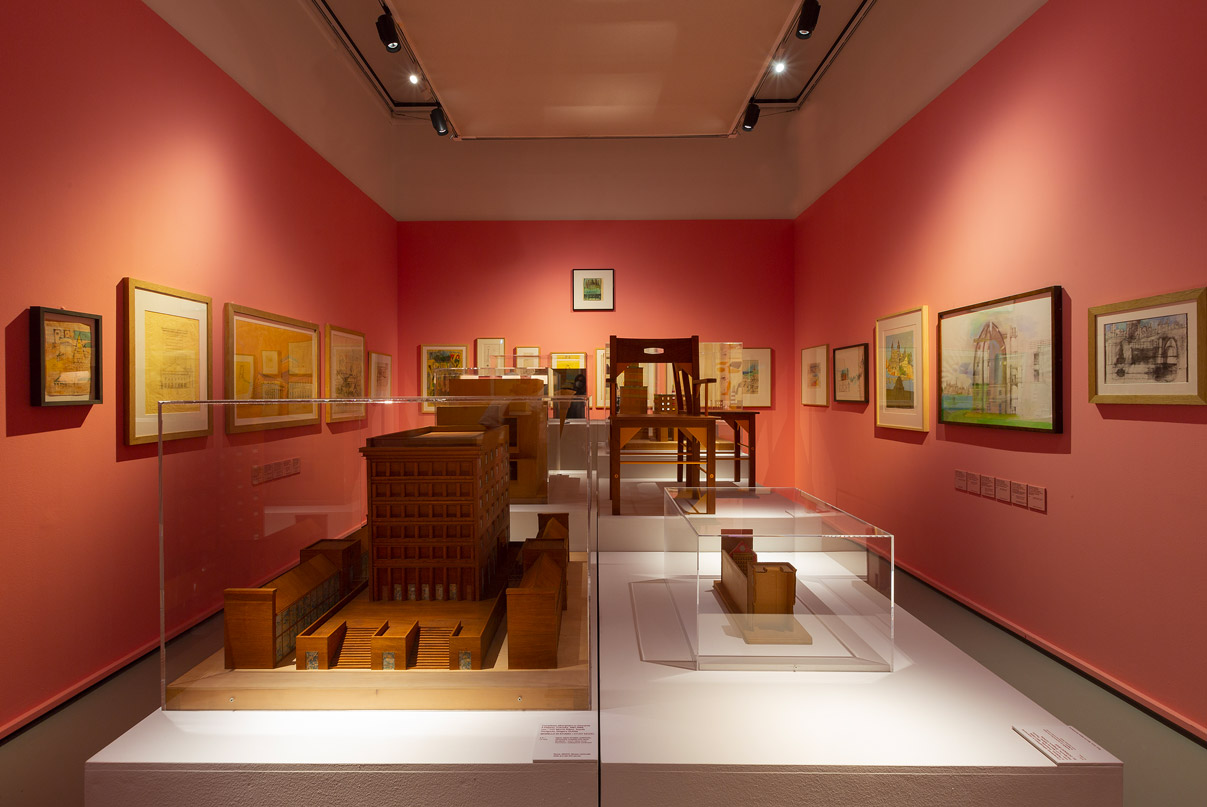 Aldo Rossi. Design 1960-1997 at the Museo Del Novecento
Aldo Rossi. Design 1960-1997 at the Museo Del Novecento
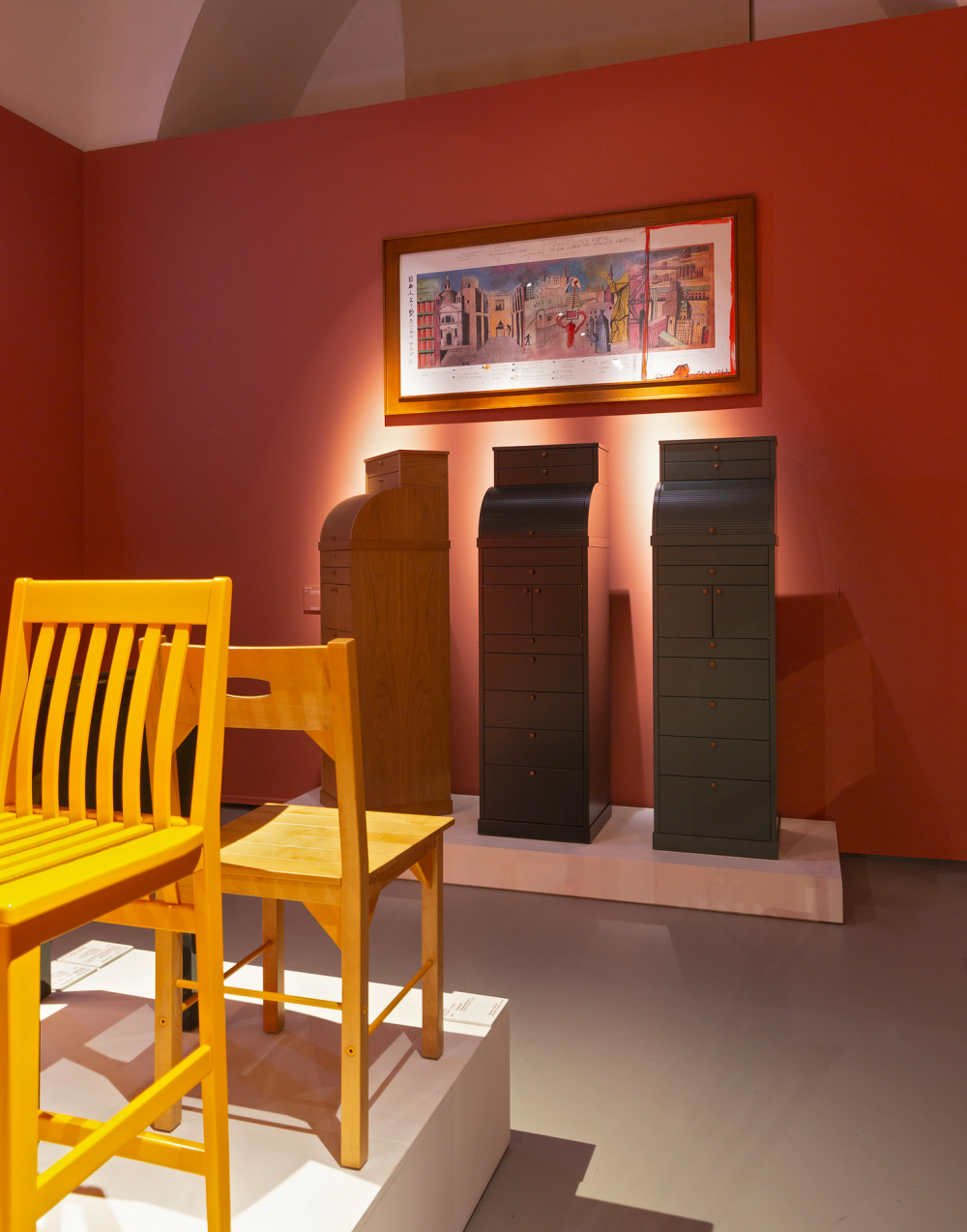 Aldo Rossi. Design 1960-1997 at the Museo Del Novecento
Aldo Rossi. Design 1960-1997 at the Museo Del Novecento
The idea for the film had been a long-term ambition of Molteni, the granddaughter of Molteni&C’s founders Angelo and Giuseppina Molteni.
“It was in my mind for some time to make a film about Aldo Rossi,” she says. “He was very close to my family’s history, through the furniture he produced with us, but also the personal time we spent together in Venice, Isola d’Elba and elsewhere. The exhibition was the occasion to put these ideas into production, to help people appreciate better some of the objects on display and understand the person that made them.”
Rossi himself had a longstanding interest in film, with his long-term partner Ludovica Barassi recalling in the film that he once held an ambition to become a film director, should a career in design not work out. In that respect, it is perhaps a shame that Rossi worked on only one cinematic production, the documentary Ornament and Crime produced for the Triennale di Milano in 1973 – a slightly mournful and experimental collage of architectural scenes from the outskirts of Milan, mixed with narrated excerpts of Adolf Loos’s highly influential 1913 text of the same name.
The history of architecture and design documentaries goes back much further, however, to the 1930s. One of the earliest known examples is the silent production L’Architecture d’Aujourd Hui (The Architecture of Today), a study of Le Corbusier’s recently completed buildings, shown alongside images of the Swiss architect drawing in his studio. The film was shown in pre-feature newsreel programmes at picturehouses across France, before travelling with Le Corbusier on his lecture tour of the United States in 1935, with the screenings accompanied, on occasion, by a gramophone recording of George Gershwin’s Rhapsody in Blue.
With the advent of television in the 1950s, the voice of the designer began to be added to documentary productions, and presented to much larger audiences. In the United States, the National Broadcast Channel (NBC) helped to feed a growing interest in architecture and design, introducing Charles and Ray Eames and their furniture to the American public, and reflecting on the career of Frank Lloyd Wright. Like the earlier Le Corbusier film, the latter production, A Conversation with Frank Lloyd Wright in 1953, featured sequences of the architect at work, demonstrating the means by which his world-famous buildings were created.
Portraying the creative process remains a common approach to documentary filmmaking today. Films such as Gary Hustwit’s Objectified (2009), featuring Naoto Fukasawa, Jony Ive and Erwan Bouroullec, and Sydney Pollack’s Sketches of Frank Gehry (2006) allow the often complicated relationship between designing and making to reveal itself on screen. As the title of Pollack’s film suggests, the hand of Gehry is present throughout, as the architect explains the challenging journey from original drawings to subsequent design iterations, gesticulating between the computer screen and the models in his somewhat disorganised office, exclaiming:
“We constantly go back and forth between the models and the drawings, because if this doesn’t work, that doesn’t work!”
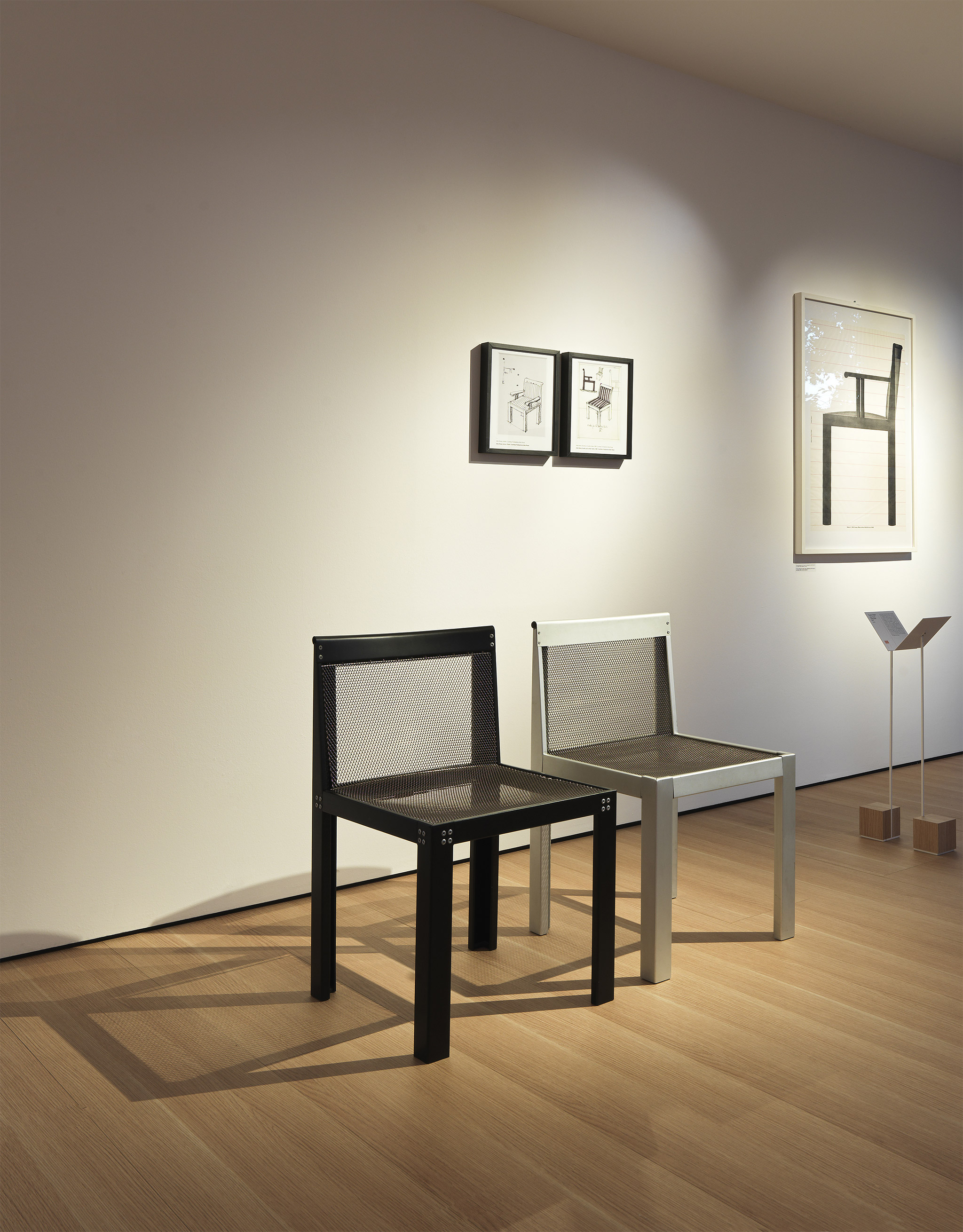 Cartesio, designed by Aldo Rossi for the Bonnefanten Museum
Cartesio, designed by Aldo Rossi for the Bonnefanten Museum
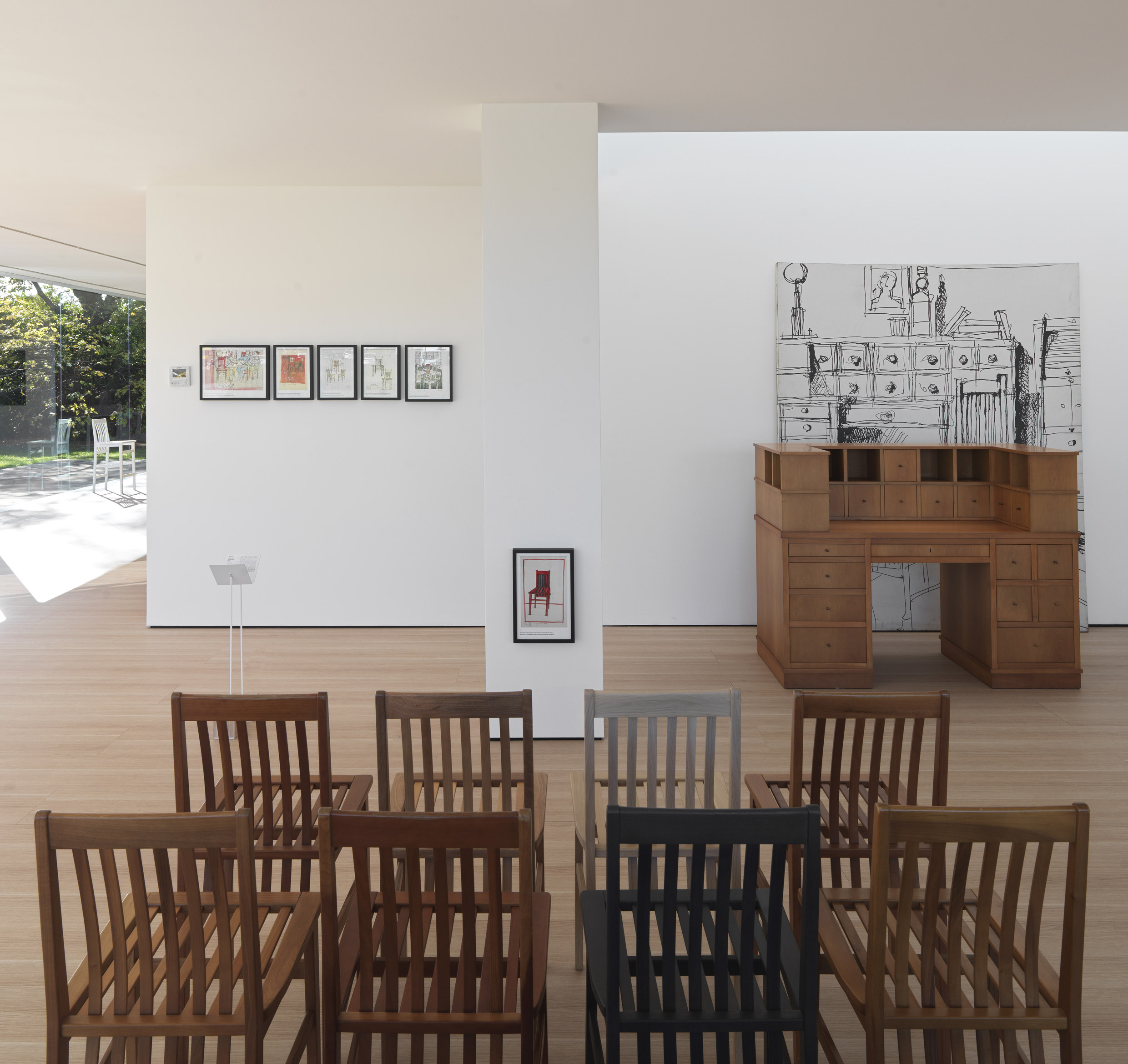 Milano, designed by Aldo Rossi for the Bonnefanten Museum
Milano, designed by Aldo Rossi for the Bonnefanten Museum
According to Molteni, Rossi “lived life materially through his drawings and ideas for making”, meaning that the contributions to her own film from Alberto Alessi, who was tasked with producing Rossi’s ideas for metal homeware, and Bruno Longoni, with whom Rossi made furniture, provide unique insights into the design processes and the nature of collaboration. Yet her film is also poignant – perhaps unsurprising given Rossi’s untimely death in 1997 at the age of 66 – with the contributions, recollections and memories creating an intimate portrait of the architect and his practice. It offers an emotive, human response that perhaps only a documentary film could have achieved.
Above all, it is the archival footage that makes Rossi’s absence most keenly felt, from everyday scenes of him walking in Milan, to more formal moments, such as the 1990 Pritzker Prize ceremony at the Palazzo Grassi in Venice, in which he became the first Italian to be awarded the prestigious architecture prize. The inclusion of this material was critical to the narrative of the film, Molteni explains, but was also a stylistic decision.
“We liked the feeling of old film, the VHS quality,” she says. “Even though it’s possible to clean-up old footage, we decided not to use software to improve the quality. We wanted to keep the patina – it makes it clear that these events are happening in the past. Although the quality of the footage at the Palazzo Grassi is not good, it’s very moving. It’s a moment that has gone.”
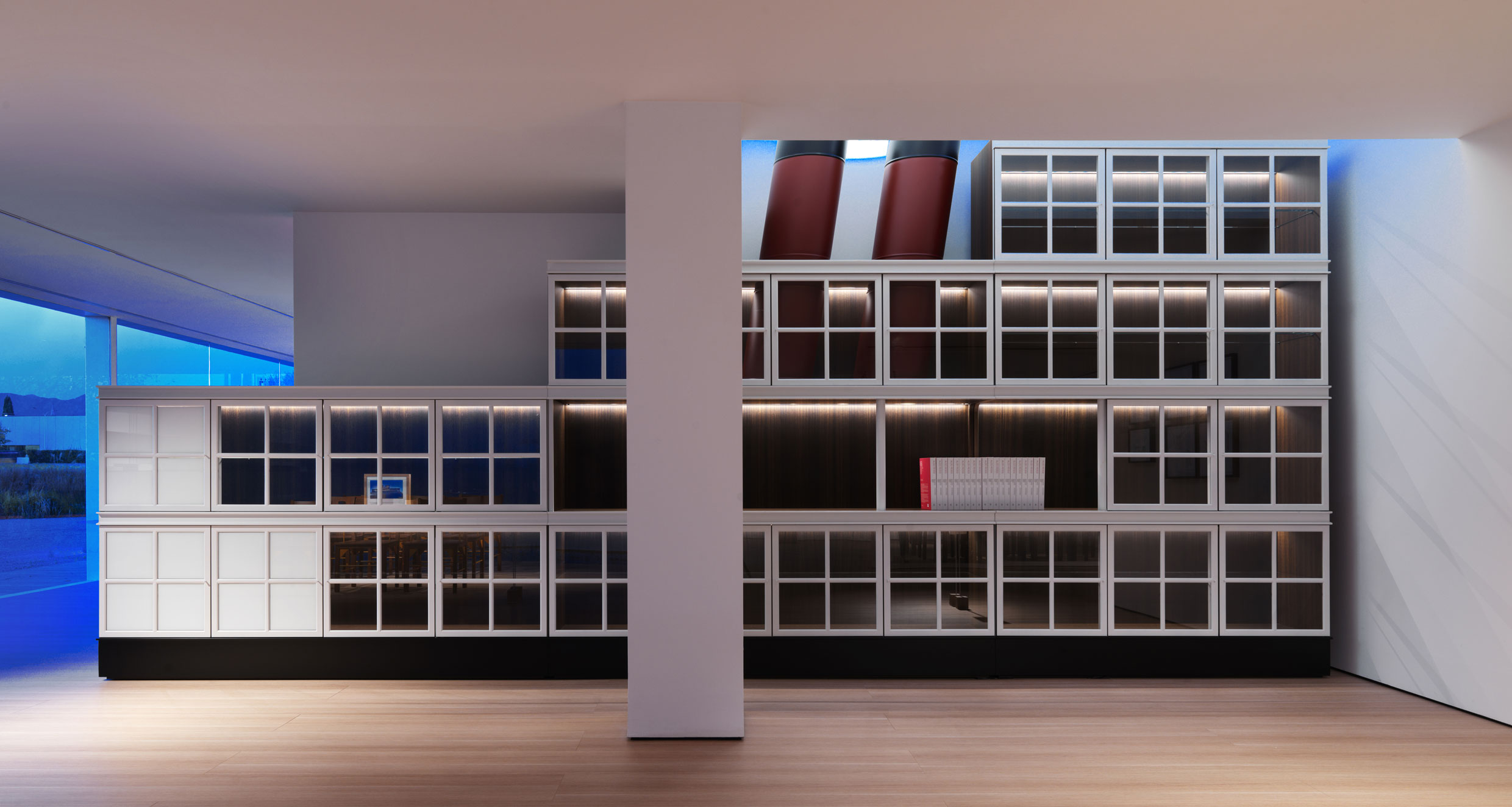
For the viewer, this switch between modern digital film to older formats creates an instant cognitive shift, and captures one of the essential elements of documentary filmmaking. It offers an encouragement to engage in a closer study of the scenes as they unfold, perhaps in the expectation that they are rare or previously unseen. The death in 2013 of architect Fabrizio Fiumi (a founding member of the avant garde Gruppo 9999), for instance, led to his filmmaker daughter Elettra discovering boxes of previously unknown amateur film footage among his possessions. By studying the reels, shot in Italy and America during the 1970s and 80, Elettra embarked on a highly personal journey, discovering her father’s life and formative years, and the radical architectural scene that he helped to create. Her resulting film, Radical Landscapes (2022), demonstrates how changes in consumer technology can amplify the fragile nature of the lives seen on screen – memories of people who live on in obsolete technologies.
It is these emotive yet technological qualities, coupled with the skill of the filmmaker in creating an engaging narrative from disparate sources, that demonstrate the unique capacity for documentary to engage on multiple levels. And as the speed of video production and consumption quickens ever faster on social media, it is perhaps heartening to know that slower-paced formats remain popular, and that audiences are keen to learn more about the hidden or untold stories from the world of architecture and design.
Kitchens are everyday spaces that exist to meet an immediate functional goal. When well designed, they are highly calibrated to support the convenient preparation of food.
In the centre of Milan, a short walk from the duomo, is Villa Necchi Campiglio, designed by Piero Portaluppi (1888-1967) for the Necchi Campiglio family between 1932 and 1935.
The new Andromeda Collection by UniFor, designed by LSM Studio, takes inspiration from a unique site-specific artwork atop a hill in Sicily.
Thanks for your registration.